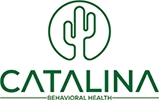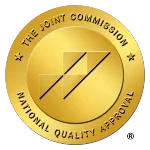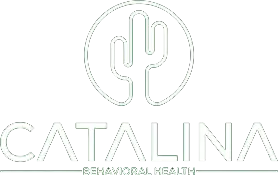The Relationship Between Obsessive Compulsive Disorder and Self Harm
Is your obsessive-compulsive disorder (OCD) linked to intrusive thoughts related to hurting yourself? In many cases of this serious mental health condition, clients will find that there is a connection between their repetitive thoughts, OCD and self harm. Overcoming them requires understanding the link.
Self-harming OCD may not technically be a DSM diagnosis, but it is still very valid. It features compulsive thoughts about hurting oneself. Distressing thoughts or emotions prompt self-harm, like cutting, skin picking, and hair pulling. Treatment options include talk therapy and medication management.
Catalina Behavioral Health offers targeted treatment for harm OCD. Our inpatient program keeps you safe while you learn how to cope with these intrusive thoughts. Here is what you should know about the complex interactions between self-harm and OCD.
Get Confidential Mental Health and OCD Assessment
Self-Harm, OCD, and the Connection Between Them
Repetitive behaviors like washing hands, counting, and locking doors are the first things that come to mind when people think of OCD. However, self-harm can surface as a compulsive behavior that impacts your safety and overall well-being.
Is there a clear link between self-harm like cutting and repetitive skin picking and your OCD? Some evidence points to this being the case, which we will look at, as well as offering a close analysis of similarities and differences between obsessive compulsive disorder and self-harming behaviors.
Here is a closer look at self-harming behaviors in the context of an OCD diagnosis so that you can get the help you need.
Why Someone with OCD Might Harm Themselves
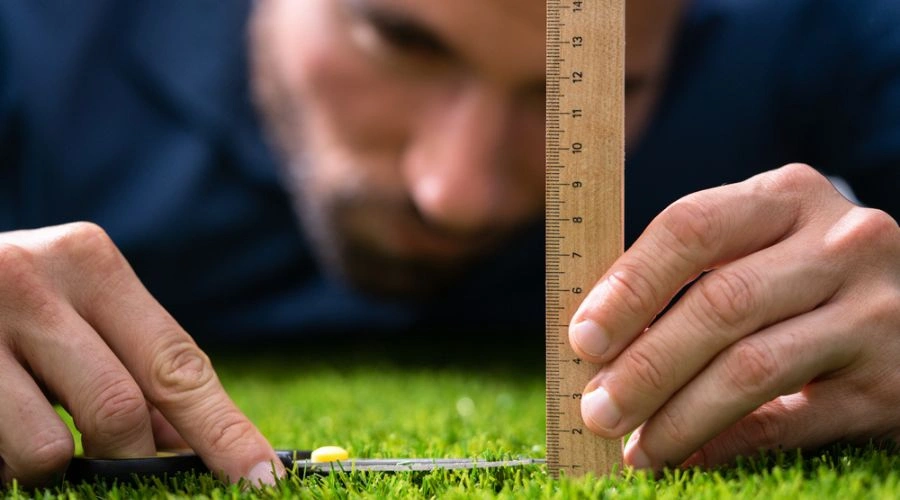
Several mental health conditions could result in self-harm behaviors, but OCD and self-harm are often linked. These are sometimes referred to as body-focused repetitive behaviors, and they always involve doing damage to your body in one form or another.
These behaviors are often worse if you have a co-occurring condition like depression, anxiety, or any substance use disorder.
Self-injury usually functions as a coping mechanism that generates relief from troubling emotional pain. It surfaces when someone experiences distressing thoughts or strong feelings, a trauma trigger, or situations that may be outside their control. Suicidal ideation may not accompany it, as its primary function is to find relief.
Intrusive Thoughts, OCD, and Self-Harm
It’s important to note that struggling with obsessive-compulsive disorder doesn’t necessarily mean you will self-harm. However, some people will have intrusive thoughts that make them feel like they absolutely must engage in this behavior to alleviate emotional distress.
Self-injury is often set up in a way that offers relief from other thoughts that are inherent to OCD.
In many cases of what is known as harm OCD, intrusive thoughts are one of the primary symptoms. But that doesn’t mean that self-harm itself is compulsive. Instead, it’s seen as a way to alleviate symptoms of the compulsive behaviors that are causing distress.
In other words, self-injury reduces anxiety and generates a feeling of calm in the midst of repetitive behaviors.
Diagnosing Mental Health Conditions Like Harm OCD
It’s important to note that harm OCD is not an actual diagnosis in the Diagnostic and Statistical Manual, which serves as the primary text used to make diagnoses of mental health conditions. Self-harm is also not included as a separate diagnosis, though it can be a symptom of other disorders.
Instead, your mental health professional will usually diagnose you with obsessive-compulsive disorder (OCD) in general.
That being said, harm OCD is a real condition that people suffer from where their compulsive behaviors and thoughts center around hurting themselves to relieve tension and anxiety. A therapist will pay attention to these behaviors and offer coping strategies to keep you safe.
The Core Types of Self-Harm: Hair Pulling, Cutting, Skin Picking, and More
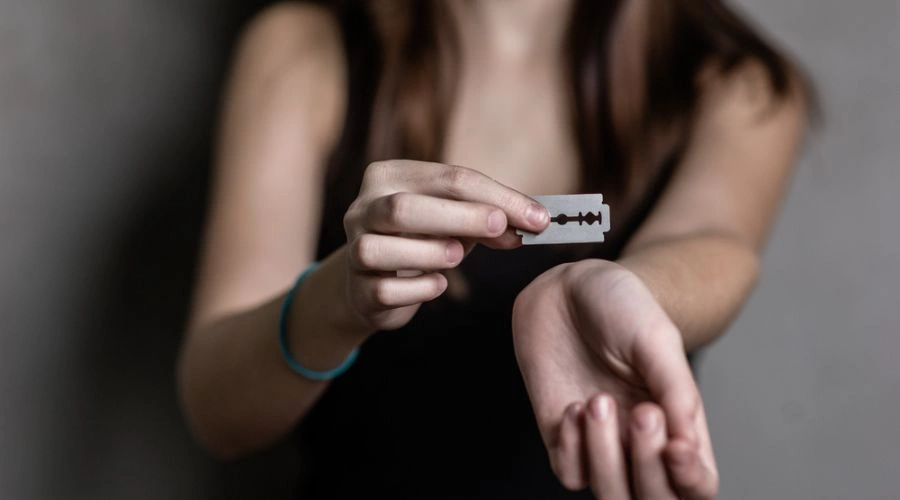
When you experience significant distress, intrusive thoughts rise to the forefront of your mind and encourage you to engage. Self-mutilation isn’t a one-size-fits-all issue and may be associated with other mental health conditions like borderline personality disorder.
Cutting is one way of coping with overwhelming emotions. Picking at scabs or causing small sores on the face, arms, and legs is also common. Most people use their fingernails to cause damage to skin tissue, but tweezers and other tools are also used.
Trichotillomania (hair pulling) is also quite common with OCD. Plucking hair from the head, eyebrows, eyelashes, or arms is usually compulsive. Pulling a single hair every once in a while seems harmless. Over time, though, it can lead to bald spots noticeable by others.
Self-harm and OCD are as unique as you are. A mental health professional helps you get to the bottom of it and seek help.
Get Accredited Treatment Programs at Catalina
Losing Control: When to Seek OCD Treatment
At a certain point, you may realize you need more help for this behavior and mental health issue. In many instances, self-harm isn’t tied to suicidal ideation. When you start to feel like your self-harm is becoming progressively worse or leads to suicidal thoughts, residential treatment is often the right step.
Suicidal ideation requires intervention from a medical and mental health professional. Don’t give up if you experience this troubling symptom; instead, reach out for additional help.
If you are experiencing current suicidal ideas or planning, please reach out to 911 or *988 for immediate crisis support.
Remember, you can always seek help before your condition escalates to suicidal thoughts. An intensive setting such as ours at Catalina, that caters to harm OCD treatment, can assist you in recovering from self-injury.
Residential Treatment to Learn Coping Strategies
Catalina Behavioral Health offers a robust residential mental health treatment program where we can keep you safe and teach you a new way of coping with obsessive thoughts about self-harm.
Enrolling in an inpatient treatment center can be the bridge you need to learn new coping skills and receive the help you need for intrusive thoughts.
We start with a comprehensive assessment to see where you could use the most help and what types of therapies may be the most beneficial. Every client has an individualized treatment program, but here are a few things you’ll learn and gain access to in our care.
Cognitive Behavioral Therapy to Interrupt Thought Patterns

Cognitive behavioral therapy is often the foundation of treatment for harm OCD. It explores the connection between your thoughts, feelings, and actions. If you notice the change in your thoughts first, you may be able to adjust both your feelings and your actions.
CBT gives you a safe space to examine thoughts about hurting yourself. Challenging these cognitive distortions allows you to see them for what they are and learn not to give in to them.
This type of therapy will give you the ability to endure uncomfortable situations where repetitive behaviors would usually win out. Obsessive thoughts won’t hold the same meaning, and you can reduce the anxiety that surrounds your compulsions.
Dialectical Behavioral Therapy and Healthy Coping Mechanisms
Some type of extreme emotional distress usually causes self-harm. Learning new coping skills for intrusive and unwanted thoughts through dialectical behavioral therapy prevents deliberate self-harm.
Mindfulness is one of the core components of treatment, though there are other tools as well. This skill teaches you to endure emotional pain. You will notice the thoughts you have floating by but won’t act on any of them, giving you true freedom. This skills-based therapy equips you with tools like meditation and grounding exercises to eliminate self-harm.
DBT is taught in your individual counseling sessions and as part of a peer support group in our inpatient and outpatient programs.
Exposure and Response Prevention Therapy to Learn New Patterns
Exposure and response prevention therapy is a leading treatment for harm OCD. A skilled clinician will gradually introduce situations where obsessive thoughts are triggered. Fear might be overwhelming, but your therapist will be present to help keep you safe.
You’ll work together to retrain your mind that self-harm isn’t the only way to cope when these thoughts surface. In fact, our therapeutic settings render it impossible to respond with repetitive self-harm behaviors when feelings arise.
The treatment goal is to prove that nothing happens if you don’t engage those obsessive thoughts or act on them when you feel compelled. You are completely safe, no matter what. Breaking the cycle comes when you learn to tolerate these distressing thoughts.
Medication-Assisted Therapy for Harm OCD

For some people, the thing that makes all the difference in their self-mutilation and harm OCD is their connection to a strong psychiatrist. Medication can lessen the intensity of unwanted thoughts, which keeps you from engaging in repetitive behaviors that could cause harm.
Your psychiatrist may prescribe a selective serotonin reuptake inhibitor (SSRI) to help manage thoughts that no longer serve you. These medications can take a little while to work effectively, and the proper dosage for your body chemistry can take some time to figure out.
This is why it’s best to be in our residential treatment center. We can monitor you around the clock and adjust as necessary to keep you safe, happy, and healthy.
Up To 100% of Rehab Costs Covered By Insurance
Seek Treatment for Harm OCD at Catalina in Tucson
At Catalina Behavioral Health, our experienced team offers customized treatment plans to help you cope with harm OCD. We offer support for every step of your journey toward healing, starting with residential treatment and moving into outpatient and aftercare. Allow us to keep you safe from self-harm while you learn to navigate the world without repetitive behaviors.
All of our treatment approaches are centered around helping you to live a life implementing healthy coping skills instead of turning to deliberate self-harm.
Our enrollment team is ready and waiting to answer your questions about care today. We can even verify your insurance benefits so that you know what will be covered in your OCD treatment.
Call us confidentially today to learn more and secure a spot in our program!
References
- McKay, D., & Andover, M. (2012). Should nonsuicidal self-injury be a putative obsessive-compulsive-related condition? A critical appraisal. Behavior modification, 36(1), 3–17.
- Pereyra AD, Saadabadi A. Trichotillomania. [Updated 2023 Jun 26]. In: StatPearls [Internet]. Treasure Island (FL): StatPearls Publishing; 2025 Jan-. Available from:
- Spencer, S. D., Stiede, J. T., Wiese, A. D., Goodman, W. K., Guzick, A. G., & Storch, E. A. (2023). Cognitive-Behavioral Therapy for Obsessive-Compulsive Disorder. The Psychiatric clinics of North America, 46(1), 167–180.
- Chapman A. L. (2006). Dialectical behavior therapy: current indications and unique elements. Psychiatry (Edgmont (Pa. : Township)), 3(9), 62–68.
- Reis, A., Westhoff, M., Quintarelli, H., & Hofmann, S. G. (2024). Mindfulness as a therapeutic option for obsessive-compulsive disorder. Expert review of neurotherapeutics, 24(8), 735–741.
- Law, C., & Boisseau, C. L. (2019). Exposure and Response Prevention in the Treatment of Obsessive-Compulsive Disorder: Current Perspectives. Psychology research and behavior management, 12, 1167–1174.
- Soomro, G. M., Altman, D., Rajagopal, S., & Oakley-Browne, M. (2008). Selective serotonin re-uptake inhibitors (SSRIs) versus placebo for obsessive compulsive disorder (OCD). The Cochrane database of systematic reviews, 2008(1), CD001765.

